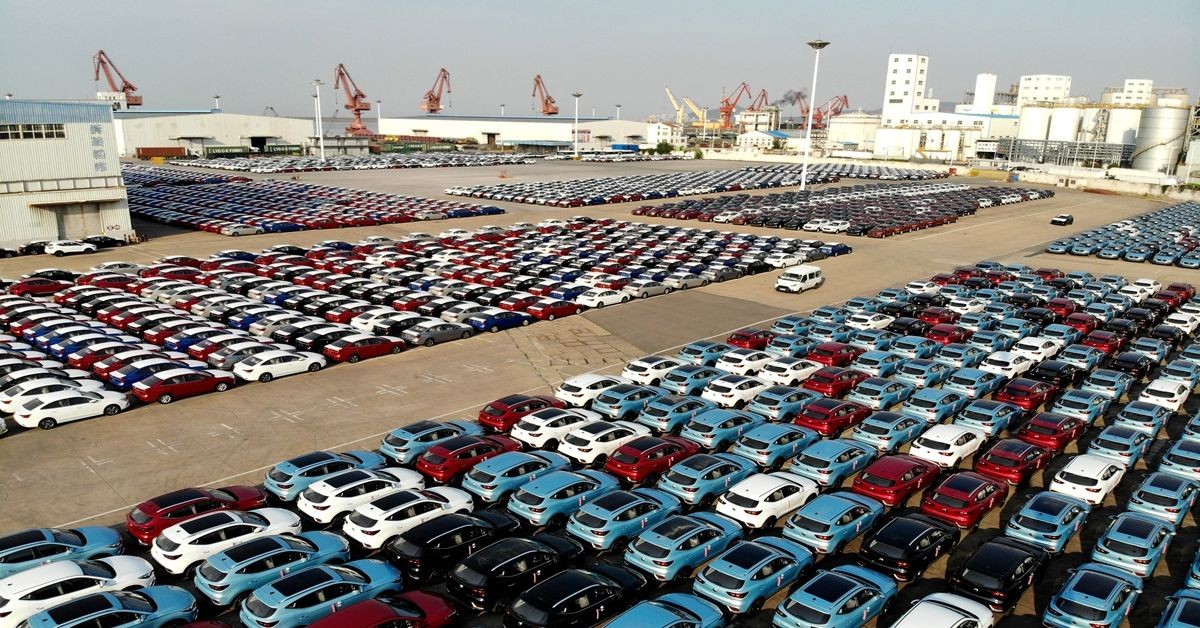Automobile exports via Shanghai Port soared to 1.27 million units in the first half of 2025, marking a 13% year-over-year surge and accounting for 36.7% of China’s total auto exports, according to Shanghai Customs. The port has demonstrated remarkable growth over recent years, with export volumes climbing from 379,000 units in 2020 to 2.39 million in 2024—an average annual increase of 58.4%.
At the heart of this expansion is the Haitong International Automobile Terminal in the Waigaoqiao area, one of China’s largest hubs for vehicle shipments. The terminal alone handled 715,000 units from January to June 2025, a 13.7% rise from the previous year. Shanghai Port now connects with 131 countries and regions, with two to three roll-on/roll-off vessels departing daily, helping drive China-made vehicles into global markets with speed and efficiency.
Shanghai Customs credits the strong growth in auto exports to enhanced logistics and expedited customs processes. Initiatives such as appointment-based vessel services and “green channels” for priority clearance have helped reduce wait times and accelerate shipments. These upgrades are part of a broader expansion strategy tied to China’s Belt and Road Initiative and the rollout of green channel schemes. Since its launch in 2018 and subsequent expansion in 2022, the Haitong International Automobile Terminal has emerged as a critical link in the country’s vehicle export network.
Shanghai Port—officially Shanghai International Port (Group) Co., Ltd.—is the state-controlled operator overseeing the city’s extensive port infrastructure, including container and specialized terminals. Listed on the Shanghai Stock Exchange, it manages key logistics hubs like Waigaoqiao and Yangshan, playing a central role in streamlining international trade flows.
Shanghai Customs—the regional arm of the General Administration of Customs of the People’s Republic of China—plays a vital role in regulating trade operations at the port. Responsible for key functions such as commodity inspection, quarantine enforcement, tariff collection, and overall trade oversight, the authority ensures smooth and compliant export flows within the port region.
Supporting this regulatory framework is the Haitong International Automobile Terminal, a dedicated facility within Shanghai Port’s Waigaoqiao cluster. Specializing in vehicle exports, Haitong is jointly managed by Shanghai International Port (Group) Co., Ltd. and its private-sector partners, positioning it as a cornerstone of China’s expanding auto trade network.









